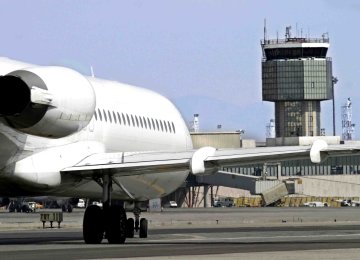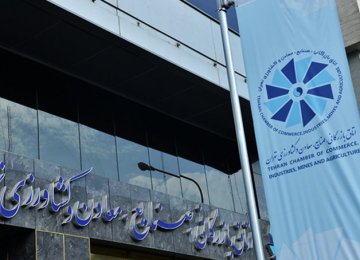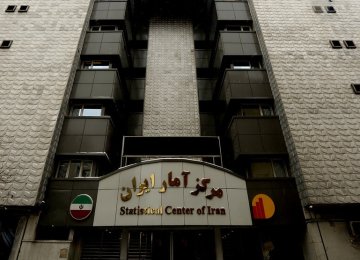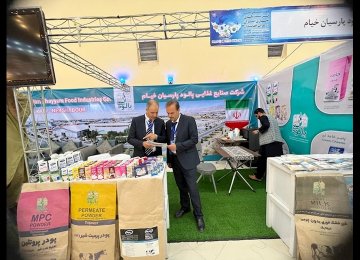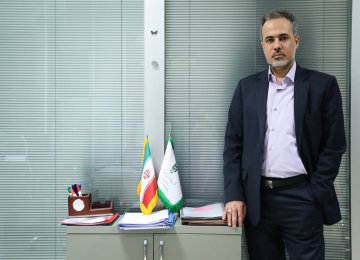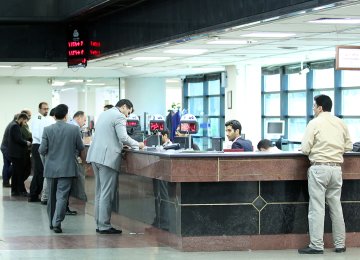The days of tax evasion are numbered. That’s how Iran’s top tax authority put it Sunday evening. Kamel Taqavinejad said Iran’s National Tax Administration is creating a special office to tackle tax evasion. Formation of the so-called High Office for Combating Tax Evasion will help the government increase its appallingly low tax receipts.
Government tax revenues accounted for hardly 6.3% of gross domestic product in the fiscal year that ended in March. That is lower than what Iran’s war-ravaged and poverty-stricken neighbor, Afghanistan, can muster. The average that member states of the Organization for Economic Co-operation and Development—a club of developed economies— collect is 34.8% of GDP. The Iranian government’s tax regime is full of holes.
Easy money from selling Iran’s wealth of natural resources, especially petroleum reserves, have kept government’s wallet fat for the past century. As such, there never was much need felt for an efficient tax regime. Reality knocked when commodity prices plummet, just like in the past few years.
As was mentioned in this newspaper on more occasions than one, things are gradually changing. Low oil prices, deep recession and a legacy of atrocious public finances have forced the government’s hand. Now it is making every effort to overhaul the tax regime to increase revenues. Nonetheless, resistance from people who benefit from the current chaos is visible. So, one can predict without much difficulty how much headway the incumbent moderate administration will make.
Tax Flows Into Coffers
Tax revenues are increasing. Tax authorities raised 275 trillion rials ($7.76 billion) from value added tax and direct taxes in the first quarter of the current fiscal year (March 20-July 21), IRNA quoted Taqavinejad as saying. That’s a 29% increase compared to the same period last year.
Perhaps more notably, the tax revenues are just five percentage points off what the administration had planned to raise during the period, according to the INTA chief. This means if the government stays on the current course it will raise 860 trillion rials ($24.3 billion) from taxes before the year is out next March.
INTA has a lot of ground to cover. It is owed 493 trillion rials in tax from prior years. Taqavinejad plans to collect 45 trillion rials ($1.27 billion) of it before the end of the fiscal year.
However, the real battle is about curbing tax evasion and fraud – both widely prevalent in Iran. Taqavinejad estimates that between 130 and 300 trillion rials ($3.67 billion to $8.46 billion) of taxes are being evaded.
The main missing ingredient for the tax administration is data. It needs a clear picture of economic activity. Taqavinejad has signed memorandums of understanding with five state agencies—the Iran Post Co, the National Organization for Civil Registration, State Organization for Registration of Deeds and Properties, Central Insurance of Iran and the Islamic Republic of Iran Customs Administration. They are to provide it data on taxpayers so it can flush out tax evaders.
New Tax Code
INTA says it has come up with new databases and data-matching software to catch tax evaders as electronics will make falsifying records, hiding assets and other swindling ploys harder to pull off.
“The focus now is on expanding the tax base and targeting entities currently exempt rather than raising taxes for those already paying,” the government spokesman Mohammad Baqer Nobakht said earlier this year.
The government’s newly-drafted direct taxation code overhauls tax exemptions, adds new taxpayers and is geared toward boosting manufacturing, according to Economy Minister Ali Tayyebnia.
These steps are all part of what is called “Comprehensive Taxation Plan” by the INTA.
“With the implementation of the Comprehensive Taxation Plan, most of the policies and strategies of the taxation system will materialize. INTA will undergo deep and meaningful changes and will overhaul its procedures,” Taqavinejad was quoted as saying.
“The organization will need to train its workforce to use the new technologies it is adopting.”




